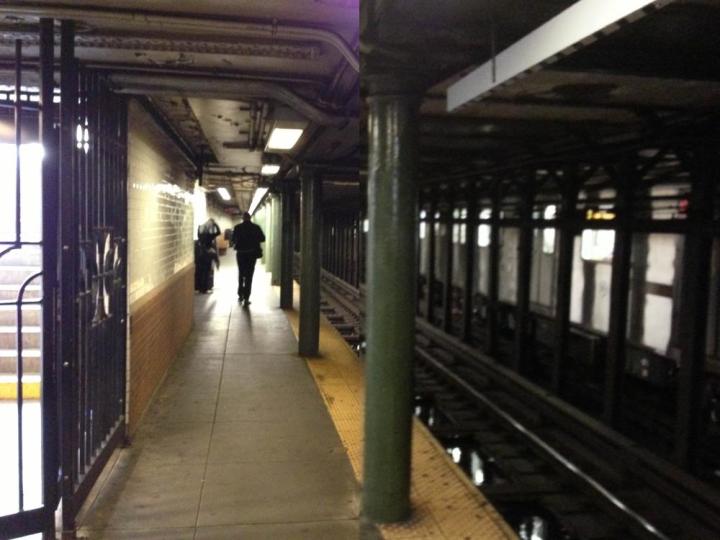


With more than 1.7 billion riders each year and millions taking a trip on the NYC subway every single day, it’s no wonder that the underground passageways have been forced to step up their mobile data and wifi games. The city and Transit Wireless have partnered to offer Wi-Fi in certain stations, and major mobile carriers have been careful to ensure that their subscribers still have a few bars when they’re on the move. Some lines, though, have done significantly better than others in keeping riders satisfied when it comes to data performance. In conducting their study, GWS tested 67 stations where Transit Wireless is now available, examining a “significant portion” of the 21 subways that run across Manhattan. This, GWS claims, allowed them “to determine exactly what kind of mobile and Wi-Fi service commuters can expect, and settle once and for all which line is best.” According to Dr. Paul Carter, CEO at GWS, the company’s “carefully controlled tests examined a variety of metrics, including upload and download speeds and task attempts and completions, to determine just how successful this rollout has been so far and which lines commuters can expect to have the easiest experience getting online.”
According to study results, the best overall data performance can be found on the Q line — in fact, the majority of the NQR seems to do quite well overall. The worst in terms of overall data performance would be the 4 and the 5. followed by the B line, the R line, the N line, and the A line. The worst would be the 4 and 5 lines. In terms of mobile data performance, the NQR still stands strong, though the 6 apparently takes the number two spot. The 5 line still finds itself on the bottom, along with the J and Z lines.
As for WiFi performance, the B, A, and C lines do very well, whereas once again, the 4, 5, and 6 are more problematic. In fact, “the 4 line was by far the worst performing line for WiFi connections, with just 2 out of 22 stations on the line (9 percent) having Wi-Fi available.” Dr. Carter noted, “Our data shows a number of trends that inform what type of mobile experience commuters are having throughout the borough of Manhattan. For instance, those traveling between Midtown and lower Manhattan along the Q, R, and N lines are likely to experience solid connectivity throughout their journey, as all three lines appeared in the top five best overall performing lines. If riders are heading uptown north of 57th Street, they will want to jump on the B or A lines for a regular and reliable connection. Unfortunately, if those uptown riders are looking to connect on their Upper East Side commute, they will be left wanting as the 4, 5, and 6 lines all appear in the top five worst-performing lines overall.”
So there you have it, New Yorkers. You need no longer wonder about where to get the best service while underground. Stay on the Q and stay connected.


